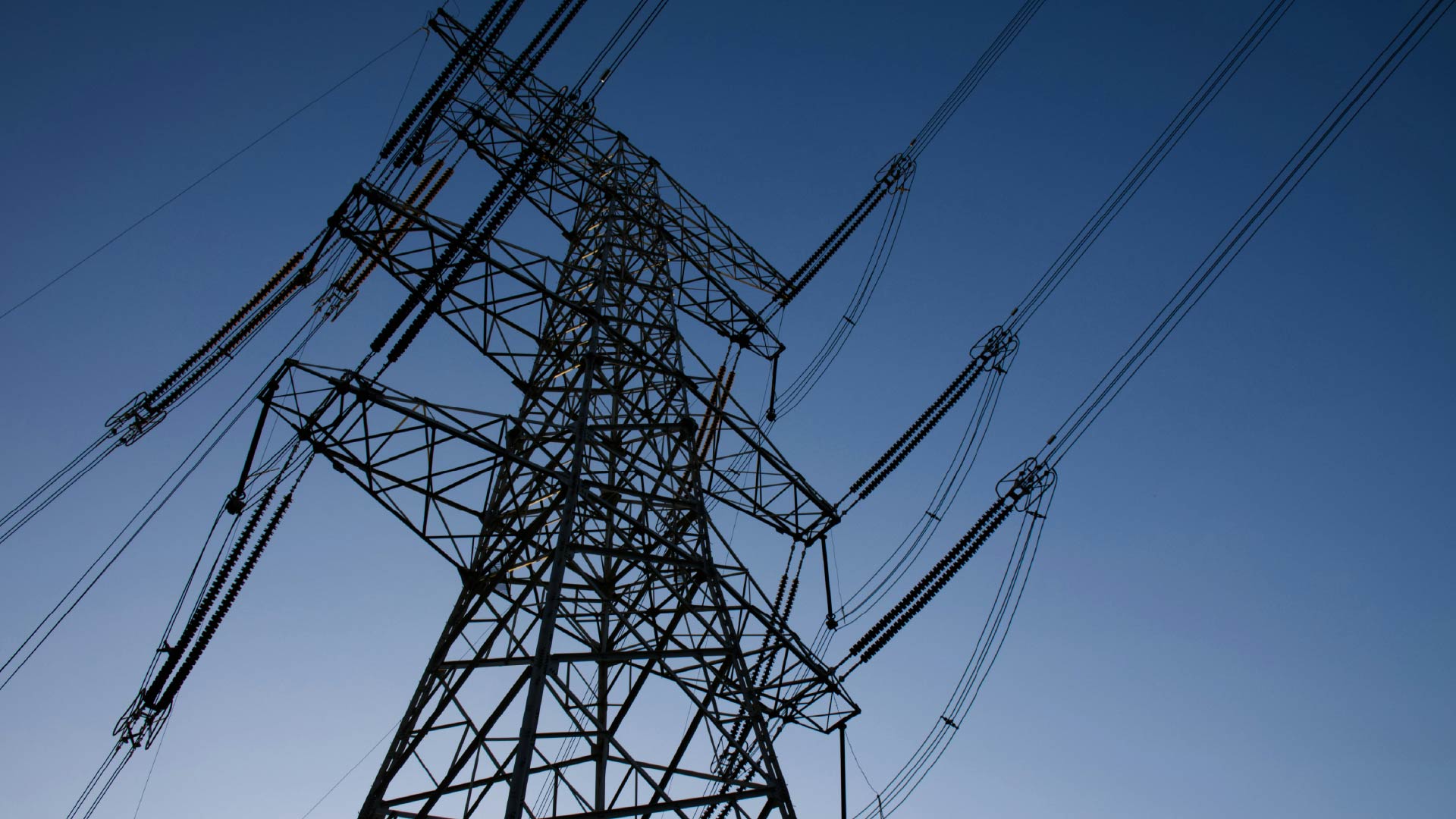Locally Led Climate Adaptation Is Better Adaptation
Recent catastrophic weather events, such as record-setting heat and wildfires across North America, Asia, Europe and North Africa; extreme flooding in the US and Asia; and droughts in the Horn of Africa and the Mediterranean demonstrate an urgent need for climate adaptation – that is, actions taken to reduce the adverse impacts of climate change. Understanding climate risks is a critical step for adaptation planning, but preparing for these changes requires an understanding of much more than just the climate system.
Climate adaptation comes in many forms. Examples are climate-resilient agriculture, early warning systems, rainwater harvesting, engineered and nature-based flood protection, urban green spaces that mitigate heat islands, the use of fire-resistant construction materials, and insurance. While these interventions can reduce risk, they can also have unintended consequences with negative outcomes, resulting in ‘maladaptation’. Actions intended to increase climate resilience can inadvertently redistribute risks or create new risks, as with coastal defence structures that worsen erosion in other places or irrigation systems that deplete water resources. Projects can also reinforce inequalities when they do not account for power imbalances and the needs of the most vulnerable.
The concept of ’locally led adaptation’ was put forward by the Global Commission on Adaptation in 2021. Over 100 organizations – including the London School of Economics and Political Science (LSE), United Nations Development Programme (UNDP), US Agency for International Development, World Resources Institute and Zurich Insurance Group – have endorsed the approach to reduce maladaptation and support climate justice. This approach transfers power to local communities and is built upon eight principles:
1. Devolving decision-making to the lowest appropriate level
2. Addressing structural inequalities faced by women, youth, children, disabled and displaced people, Indigenous Peoples and marginalized ethnic groups
3. Providing patient and predictable funding that can be accessed more easily
4. Investing in local capabilities to leave an institutional legacy
5. Building a robust understanding of climate risk and uncertainty
6. Flexible programming and learning
7. Ensuring transparency and accountability
8. Collaborative action and investment
Tools such as Deloitte’s ClimateAdapt and Fernleaf’s AccelAdapt help identify climate risks, thus addressing Principle #5: Building a robust understanding of climate risk and uncertainty. These tools also incorporate dynamic and flexible approaches (Principle #6), and AccelAdapt emphasizes social equity (Principle #2). However, no single tool can address all eight principles. Furthermore, recent research suggests that there is a need for more locally relevant flood informational tools.
When using and developing climate adaptation support tools, it is important to identify the extent to which they align with the principles of locally led adaptation. It may be necessary for organizations to use multiple tools or design new programmes and processes that can, for example, provide accessible funding and promote local decision-making and capacity-building. Equitable and effective climate adaptation requires a transdisciplinary approach that considers knock-on effects on people and the environment. New adaptation tools and their users must incorporate this complexity.
About The Author

Emma Cutler
Principal Analyst





